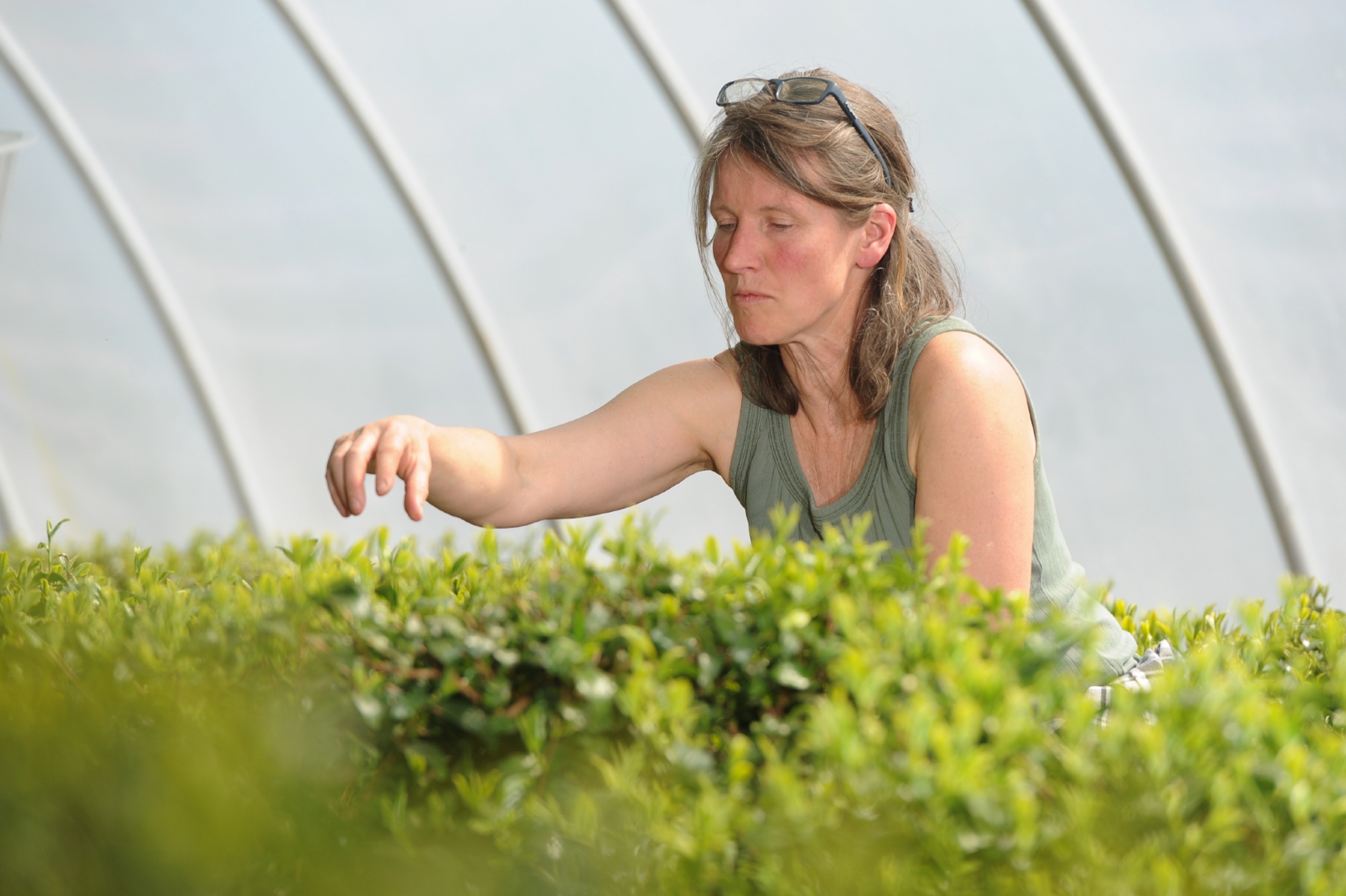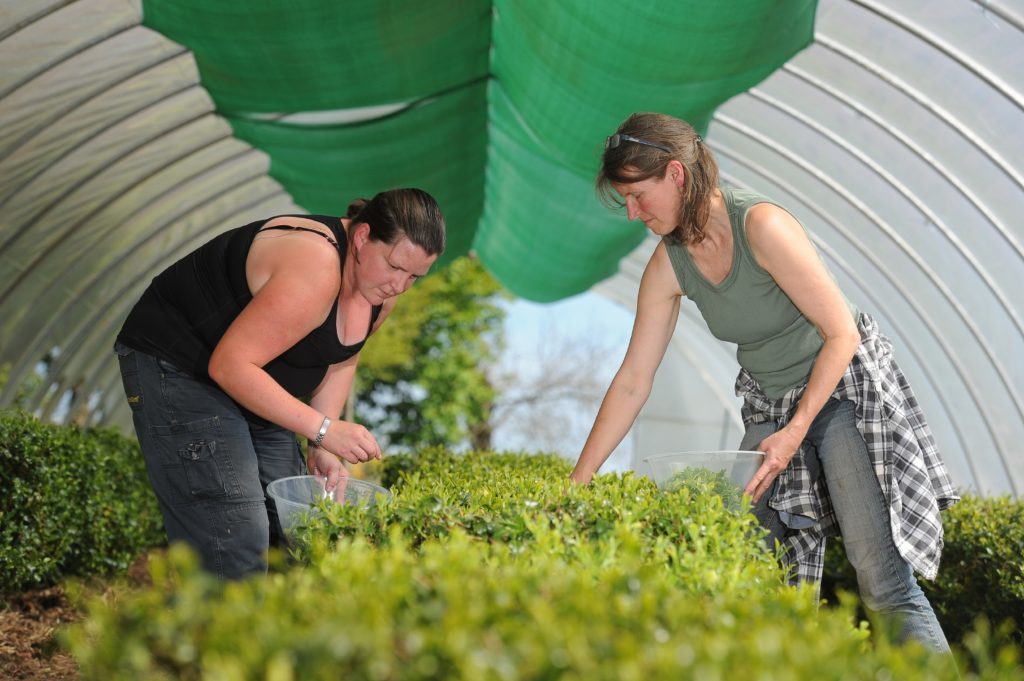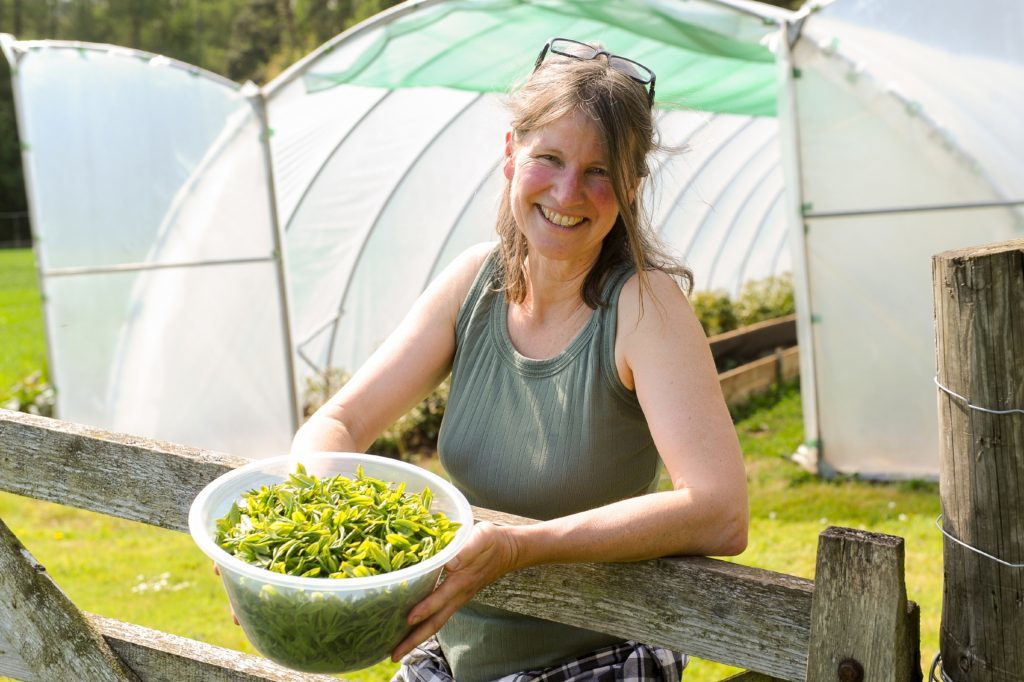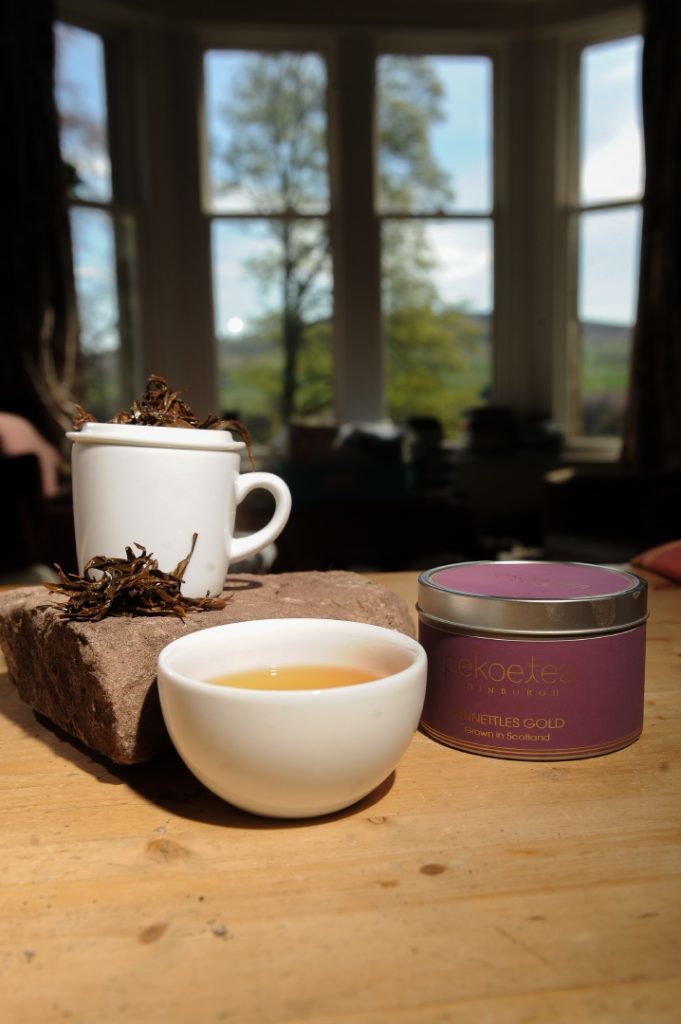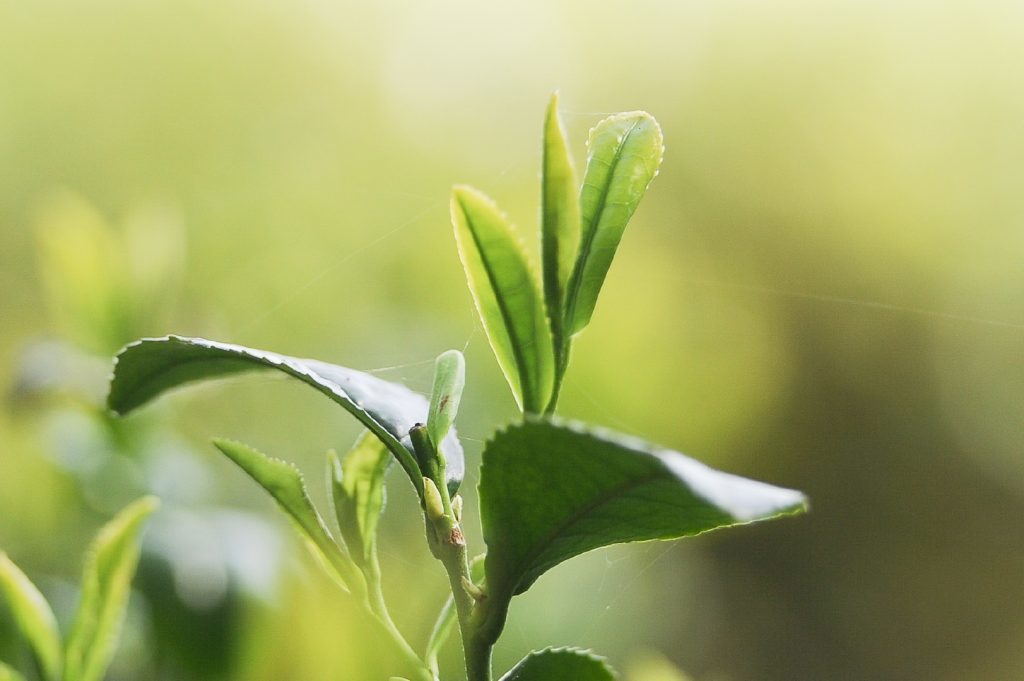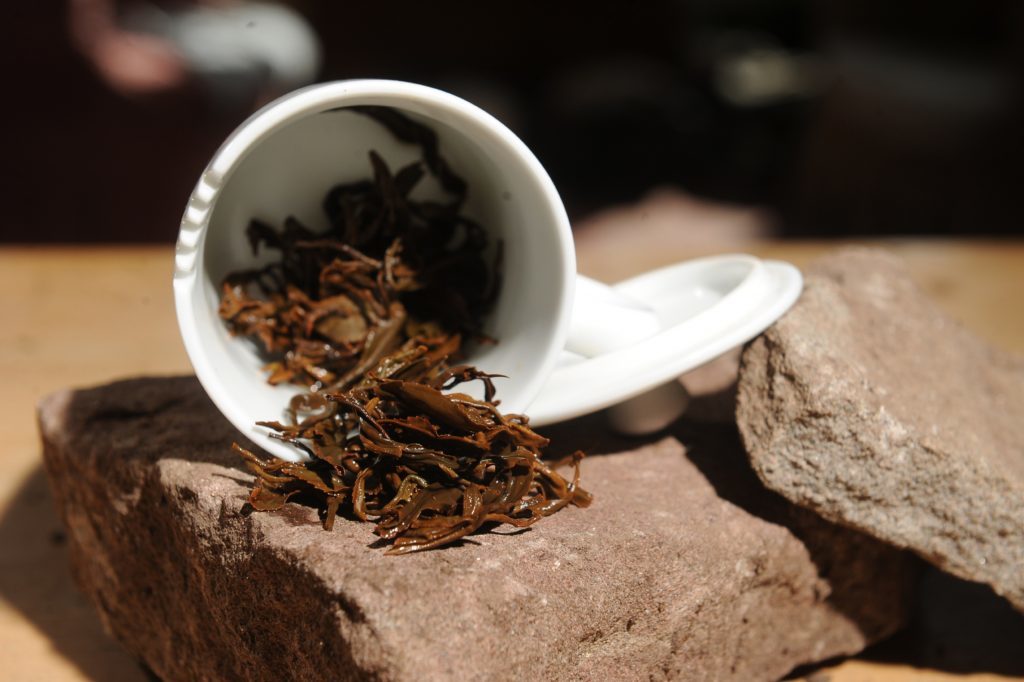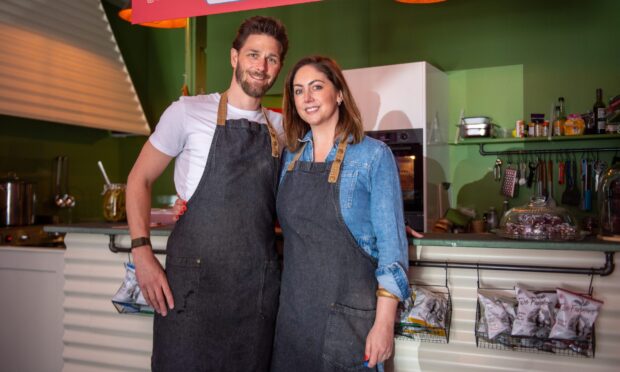Susie Walker Munro grows and hand-rolls tea in tiny batches at Kinnettles Farm near Forfar. Gayle Ritchie checks out the exclusive product, which retails at £15 a cup
Know your Keemun and Lapsang Souchong from your Darjeeling tea?
Fear not – neither do many of us at The Menu headquarters.
However, when we visited Kinnettles Farm and savoured a cup of Susie Walker Munro’s 100% pure Scottish black tea, Kinnettles Gold, we knew this was something special.
It has an unmistakable flavour, with a sweet note of apple and a hint of cinnamon.
But at £15 a cup – or £50 for a 20g tin – it’s not cheap, but then it’s not reaching out to a regular tea market.
If you want to get your hands on Kinnettles Gold, you’ll need to order it online or visit Pekoe Tea in Edinburgh where it’s so popular the shop is struggling to meet demand.
A lot of TLC – and time – has gone into producing this high-quality artisan tea and the journey began in 2007 when Susie planted the world’s most northerly commercial tea garden at the farm in Angus .
Through trial and error, and with advice from top tea consultant Beverly-Claire Wainwright, she established what kind of green manures the tea plants like (it consists of nettles, comfrey and docken), set up pest control and polytunnels and learned how to pluck and hand-roll the leaves herself.
Just like cheese and wine, tea has a unique “terroir” created by the soil and the conditions that influences the flavour.
She’s now harvesting 2kg by hand every year, which is a small quanitity, but it’s a highly specialised product with a subtle flavour that lingers in the mouth.
“Initial trials of growing plants that had been propagated from cuttings outside showed little success so we looked into propagation from seed,” explains Susie.
“In early 2016 we planted around 40,000 cold-hardy seeds imported from ex Soviet Georgia and Ilam district in Nepal.
“Seedling tea has a big advantage over tea grown from cuttings in that it develops a long tap root which makes the plants much stronger.
“This is an essential requirement in the Scottish climate where growing conditions for tea are marginal compared to any other tea growing regions in the world.
“Tea takes at least four to five years from planting to mature into bushes that can withstand the rigours of regular plucking.”
Pekoe Tea in Edinburgh sells Kinnettles Gold and it’s so popular the shop is struggling to meet demand.
Susie, whose husband Euan is a farmer, became inspired to start a tea business when she was in her dentist’s waiting room in Dundee back in 2007.
“I was leafing through a glossy gardening magazine when I noticed an article on tea farms in Cornwall,” she recalls.
“Euan and I had been looking at ways of diversifying from farming and this got me thinking.
“I realised that Scotland, with its cool, wet climate, had similar tea growing conditions to Cornwall and even the Himalayas, and we’ve got great acidic soil in Angus, which is brilliant for tea.”
True to its name, the hand-rolled, golden tipped leaves of Kinnettles Gold infuse to a rich golden liquor.
Susie is also raising tea plants from seed in her walled garden, bred from Nepalese and Georgian stock, to be more suited to the Scottish environment.
The seedlings have now gone out to nine other members of a group that Susie has spearheaded called Tea Gardens of Scotland.
So how does Susie suggest one enjoys a cup of Kinnettles Gold, or any high-end black tea for that matter?
“Don’t add milk,” she says. “Add boiling water, never lukewarm, and steep it for five minutes.”
And Susie should know, as she is actually related to tea royalty – something she only found out when she began growing tea herself.
Almost 180 years ago, Charles Alexander Bruce (her great-great-great grandfather) brought assamica tea to the British market, driving the expansion of tea production in Assam.
“He managed to clear forests with elephants to grow the most well known tea in the world,” says Susie.
“It would be amazing if Scottish tea, and specifically, Kinnettles Gold, could become as well known and loved as the Assam he discovered.”
For more information, see www.pekoetea.co.uk and teagardensofscotland.co.uk
